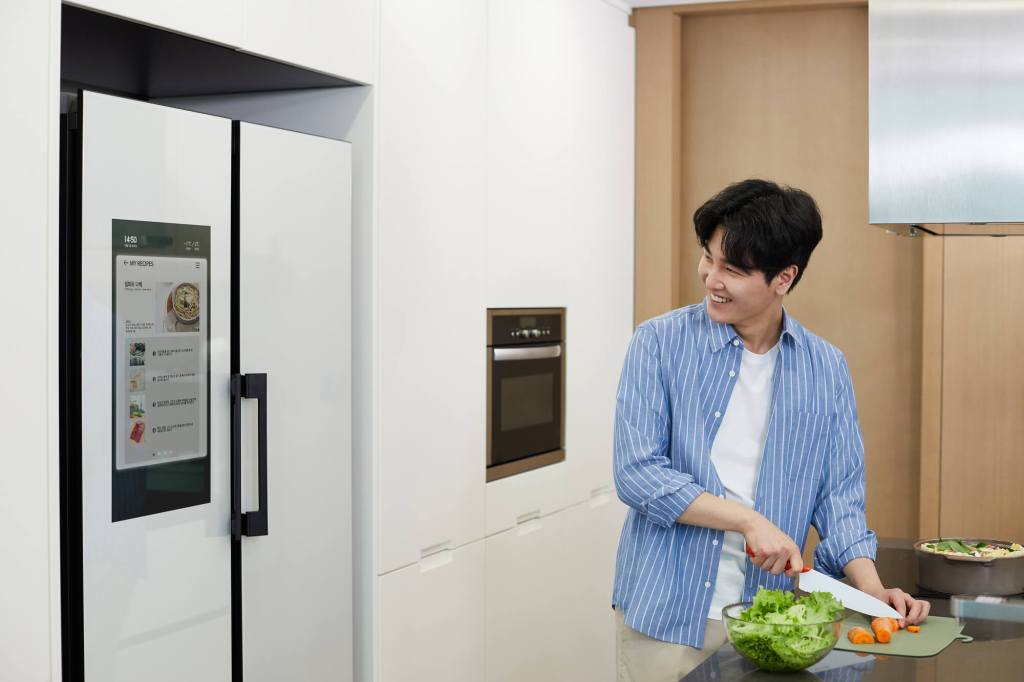The big picture
According to the latest research from GfK, nearly 2 million TVs were purchased in Australia in 2024, an increase of 3% on the prior year. The research also reveals that the primary motivator for TV purchases in 2024 was replacing existing units (57%), followed by wanting to upgrade their existing TV and adding a secondary TV unit to the household. A quarter of the new TV buyers now own three or more TVs in their household.
The reason behind a purchase significantly influences the decision-making process, affecting aspects such as screen size, technology, and the price consumers are willing to pay.
Big screens and small technology
When it comes to screen size, bigger is better tends to be the motto for a large number of Australian consumers. Nearly 40% of the market value in 2024 was attributed to TVs that were 70″ or larger, a significant increase from 30% of market value in 2021. This shift towards larger screens is occurring at the expense of mid-size TVs (55″ and 65″), while smaller TVs maintain their market share,primarily purchased as a secondary TV for the households.
This trend towards larger screens is coupled with a growing appetite for advanced display technologies. MiniLED, which offers superior brightness, contrast, and colour accuracy, has tripled its market share since 2021, accounting for over 20% of market value. This surge is driven by consumer demand for enhanced picture quality, second only to screen size in purchase decision criteria.
Are we capturing every dollar?
Consumers are more price-conscious than ever. According to a 2024 survey by GfK of recent TV buyers, 55% of recent buyers indicated that they spent less than they had budgeted, while only 14% reported spending more than they had planned.
This is a delicate balance for retailers, as promotions are crucial in driving sales. During the first half of 2024, the TV market was in decline, and noticeably, there had been fewer sales for products with a price drop of 10% or more than in previous years. However, the market rebounded in the second half of the year, with discounted model sales increasing by 8% vs. last year, which was a key factor in why the market was flat across the full-year period.
The role of retailers
The retail experience is still of paramount importance. Nearly 90% of consumers who bought a TV conducted pre-purchase research. Consumer’s pre-purchase research takes many different forms, but the leading source of information was the retail stores, with half of all buyers going in-store to evaluate and validate their options. Promotions in-store was the leading touchpoint, followed by store staff members, who played a vital role in providing potential customers with an understanding of the different technology options and validating their choices. 68% of consumers purchased within 2 weeks of starting their purchase journey, highlighting the need for retailers to provide readily accessible information and an engaging in-store experience.
What are people watching on their TV?
While Australians are investing in different TV sizes and technology, their content consumption habits remain diverse. Free-to-air television remains the most popular viewing choice, followed by sports and subscription streaming services. However, GfK’s 2024 Entertainment Study reveals a trend towards consolidation, with households now subscribing to an average of 3.3 streaming services. The cost-saving tool is widely available to consumers and has been recognized by streaming platforms, with Netflix and others now offering ad-supported services at lower subscription costs. 40% of consumers have taken up that option.
Where to from here?
Looking forward to 2025, the Australian TV market is poised for further disruption with the arrival of things like MicroLED displays, next-gen gaming optimizations, and AI-powered enhancements. At CES 2025, these were in full view as the brands brought many exciting new developments to life.
With sustainability in consumers’ minds and the demand for immersive experiences only increasing, Australian consumers can expect even more exciting developments in the years to come. The future of TV hardware is bright, and 2025 promises to be another milestone year in the evolution of television technology.

Author: Brendan Dowd
Group Account Director T&D, Pacific, NIQ
Unlock smarter solutions. Take action. Be a winner
Unlock sustainable revenue growth with market experts and the largest tech and durables panel in the world.





